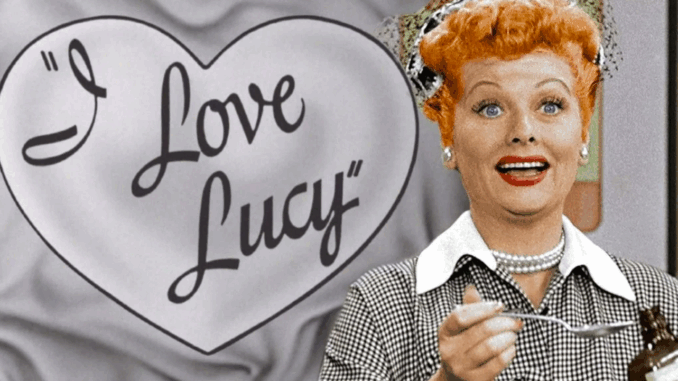
When I Love Lucy first aired in 1951, no one could have predicted that a half-hour comedy about a quirky housewife and her bandleader husband would permanently change television. Yet, that’s exactly what happened. Lucille Ball and Desi Arnaz didn’t just create another sitcom—they reinvented the medium itself.
The introduction of the three-camera setup and filming before a live studio audience made the show feel electric and authentic. For the first time, audiences weren’t just hearing canned laughter—they were part of the comedy itself. The invention of reruns, born out of Ball’s pregnancy, gave I Love Lucy another groundbreaking achievement: proving that television content could live on and be monetized long after its first broadcast.
But beyond the technical revolutions, the real magic was Lucy Ricardo herself. With wild schemes, exaggerated facial expressions, and physical comedy that rivaled Chaplin and Keaton, Lucille Ball created a character that was endlessly relatable and hilariously uncontainable. She wanted to be famous, to break out of her routine, and to live a bigger life—dreams shared by millions of viewers.
Seventy years later, every sitcom owes a debt to I Love Lucy. Shows like Friends, Seinfeld, and The Office all follow the path Lucy carved. She wasn’t just a comedian; she was the mother of modern television.
